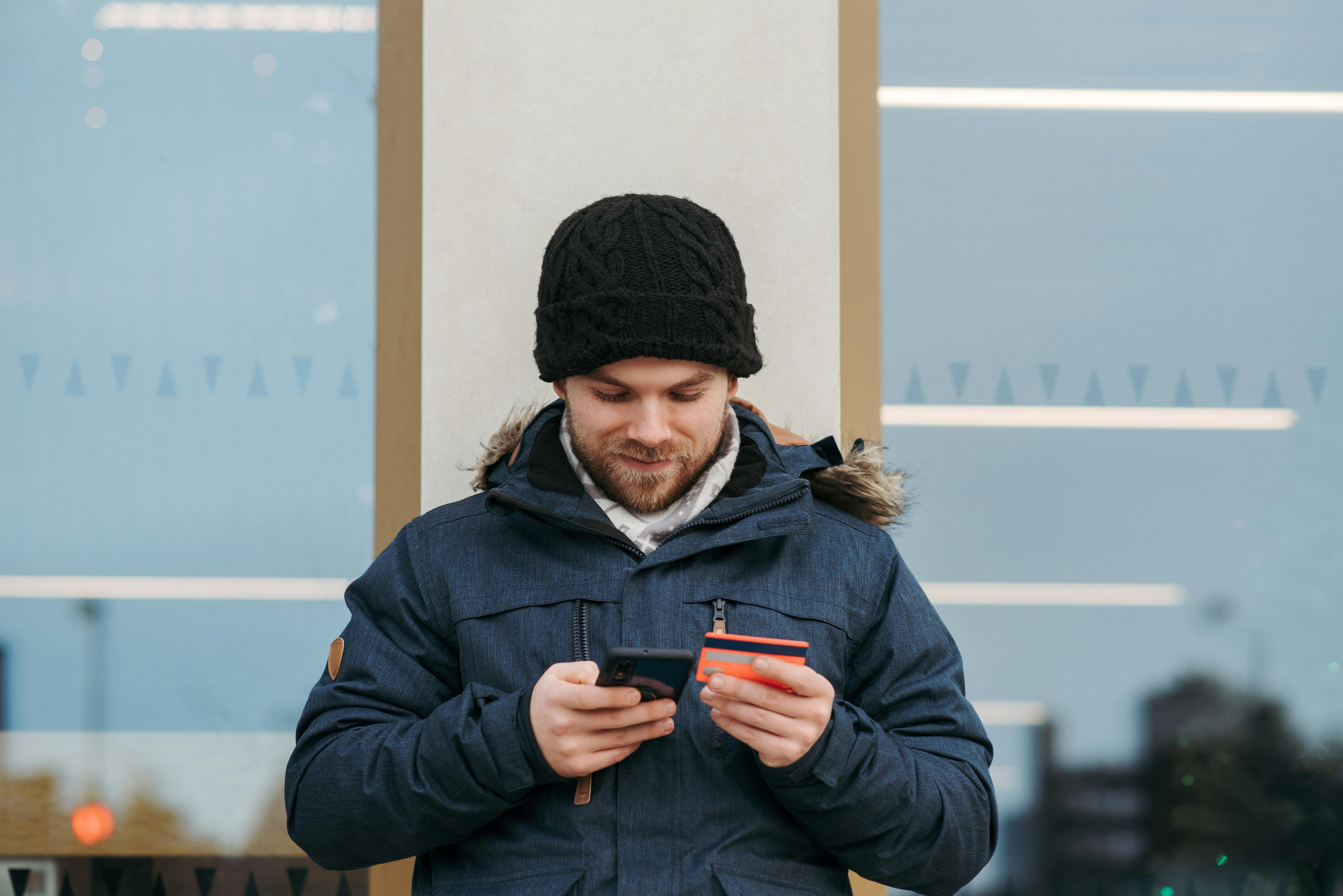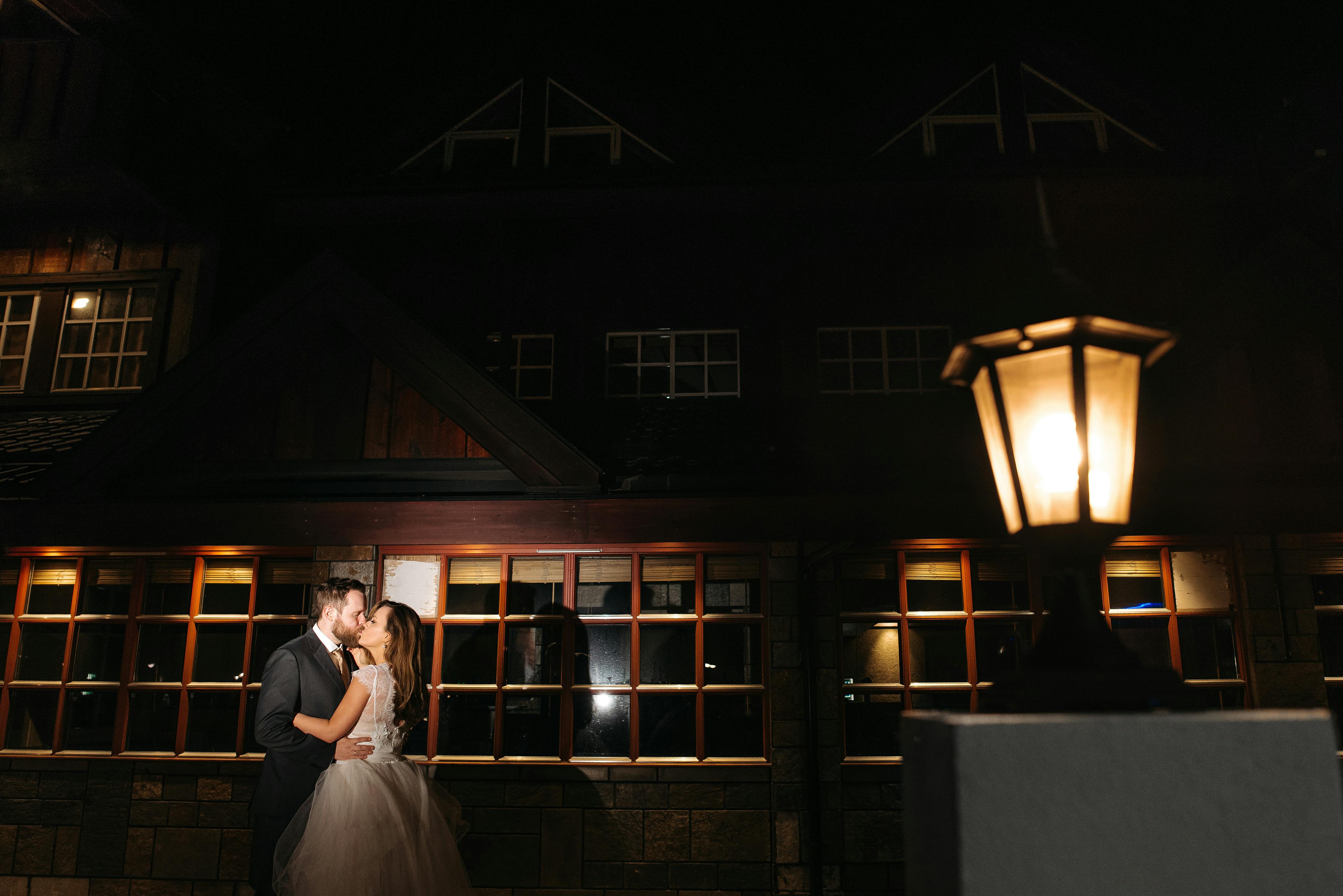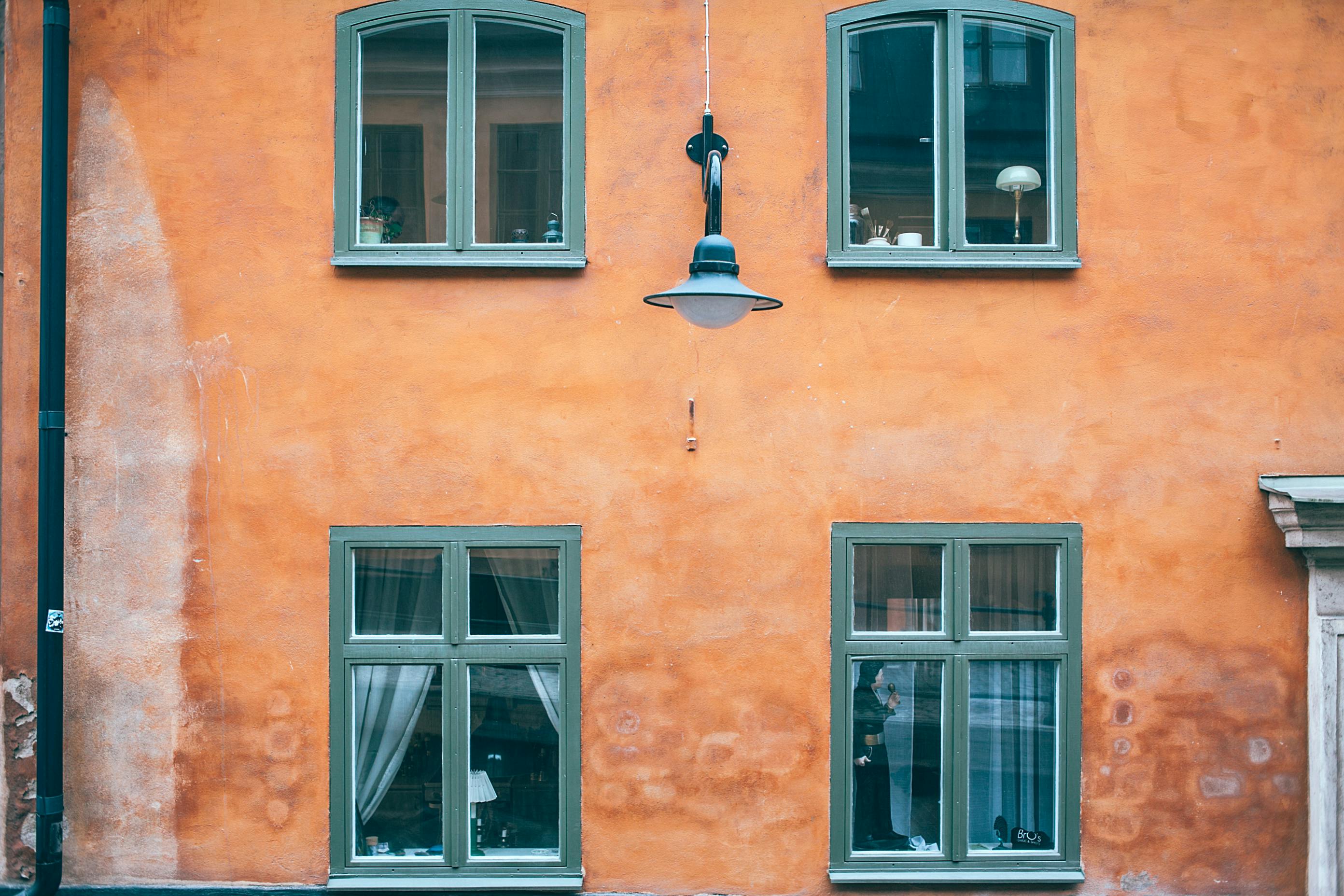Have you ever had a fall at home? Are you afraid that an older loved one could break their hip in a fall? Thousands of people daily experience this unpleasant reality and are robbed of their independence. Injuries caused by falls in the home are often painful and leave those affected in fear of falling again, limiting their recovery. The good news is that most falls in the home can be prevented. Here are some tips you can follow to make your home or the home of a loved one more secure.
In the bathroom:
1) Install grab bars on the walls next to the toilet and inside the tub/shower. Nowadays, you don’t need to get the kind of bars that have to be permanently installed with screws, there are ones available that have large suction cups on both ends that stick very well to the wall and are removable.
You may also want to have floor-to-ceiling vertical bars (safety posts) available to provide additional support where needed. These posts are easy to remove or relocate if needed.
2) Use rubber mats with suction cups on the bottom both on the floor inside the bathtub or shower, and when you get out of the water. Traction in these slippery areas is essential.
3) A combination booster seat/transfer bench used inside the tub or shower provides stability and comfort during your bath and allows you to get in and out safely.
4) A handheld shower head with a flexible hose makes it easy to bathe, as well as control the spray and hold the water inside the tub or shower.
5) A raised toilet seat or a special toilet seat with armrests allows the user to gain better leverage for standing and sitting, and helps maintain balance.
In your room:
1) When you’re in bed, make sure you can reach a light switch, whether it’s for a nightlight or a ceiling light.
2) Install remote controlled switches with other lamps in the room (available at a radio/electronics store).
3) Always have a flashlight handy.
4) Keep a mobility aid (cane, walker) close and accessible near the bed.
5) If you need to get up frequently at night, it can be handy to have a bedside dresser in your bedroom.
In the kitchen:
1) If your kitchen has concrete, ceramic tile, or other hard surfaces, place rugs on them to lessen the severity of injuries in the event of a fall.
2) Wear shoes with good traction on the soles. Avoid going barefoot or wearing socks.
3) Clean up spills on the floor immediately.
4) Keep all the items you use every day within easy reach.
5) If something is dropped or falls on the ground, be very careful when picking it up. You can easily lose your balance when bending down to pick something up. It’s a good idea to use “reacher” devices in every room.
General tips:
1) Install brighter lighting everywhere, especially above the stairs, in the kitchen, and in the bathroom. Make sure there are light switches at both ends of stairs and hallways. Use nightlights in hallways and in your bedroom and bathroom.
2) Install handrails on both sides of the stairs, extending them the entire length of the stairs.
3) Remove loose rugs that could trip you; keep lighting, computer and other technology cables safely close to walls.
4) Get rid of lots of “stuff” you think you’ll want to read in the future, but never do: old newspapers, magazines, old junk mail. These are fire hazards and trip hazards when left on the ground.
5) Move unnecessary furniture and other obstacles out of your way, so that there are clear and wide paths in the house.




